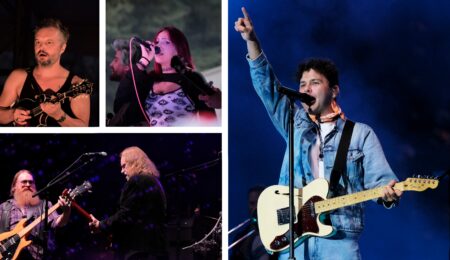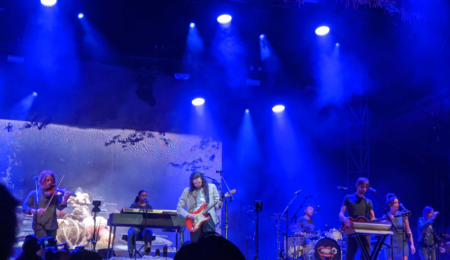Ottawa has few live music venues and stadiums, what does this mean for students with accessibility needs?
Stadium tours are exciting, expensive, and elusive. Especially for anyone who makes minimum wage, and lives outside of the Greater Toronto Area — for example, U of O students.
Perhaps one of the reasons Ottawa is often skipped over is the population size. Ottawa’s population is 1,437,000 while Toronto’s population is 6,372,000. The cost of putting on a show has increased since the pandemic and filling a stadium has been one way for artists and their teams to counter-balance cost and benefit.
Stadiums can accommodate a large number of fans, often tens of thousands. This allows artists to reach a massive audience in a single performance, making it financially lucrative for both the artists and the promoters.
Importantly, the elusive quality of stadium tours is evident beyond location and expense.
The majority of people who are outraged about their city being skipped over often for stadium tours could likely attend the concert of their choice at any venue. Outside of location and price, the possibilities are endless.
However, the list of concerts trims down even more for people with various accessibility needs. Generally, music and concert venues are built to satisfy a specific group – able-bodied and neurotypical people. The ease with which a person moves through the world is facilitated by infrastructure built with their needs in mind. The same can be said for people who struggle to navigate the world. Concert venues were not built with accessibility as a priority. Stadiums, especially, were designed to fit as many people in one place for a spectacle.
Solutions such as viewing platforms solve some problems, such as safety for those with spatial needs, but isolates these the spectators. Physical accessibility is often considered, however other common barriers such as visual and auditory barriers are rarely eliminated.
Here is a guide to popular live music venues in Ottawa ranked by their accessible features.
(1) Bronson Centre
211 Bronson Ave
The Bronson Centre, an important Ottawa community centre, provides an inexpensive venue for not-for-profit groups, people, and creatives. According to Half Acess, last updated in 2019, there are many options for manoeuvring the building including, ramps, elevators and stairs. However, those who wish to use the elevator should ask for assistance. The events that take place at the Bronson Center are diverse. Therefore, details about reduced volume and pyro effects are unclear.
(2) Art House Cafe
555 Somerset St W
The Art House Cafe has an intimate, open-mic atmosphere. You can participate in open mic night, enjoy a show on the patio or simply visit the art on the walls. The patio is ideal for people who are immunocompromised and don’t want to hang out in a crowded room of people. Wheelchair-accessible seating is available on the patio. However, this is the only accessible seating at this time.
If you choose to visit the cafe as an art gallery to serene ambience is ideal for those who get overstimulated or overwhelmed in loud places.
(3) House of Targ
1077 Bank St
The House of Targ is a classic arcade, live music venue and pierogi restaurant. Unfortunately, it is located in a basement only accessible by a steep staircase. The bathrooms are too small to accommodate most wheelchairs or mobility aids. The space is dark, loud and overwhelming. Despite their efforts to accommodate any requests, this effort to make the space accessible is lacking.
A person with accessibility needs is simply a person. One who wants to see their favourite band live. Venues are the ones doing the disabling.
The task is to redesign venues such that the universality of our love of music is reflected in the environment in which we gather.








